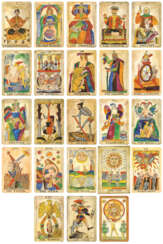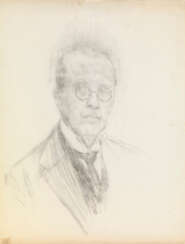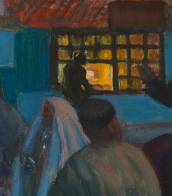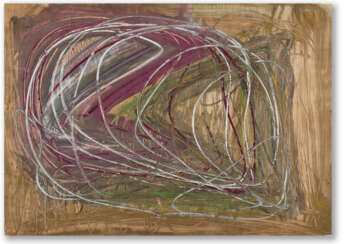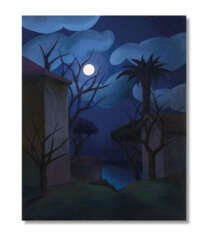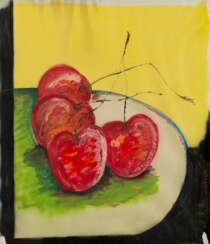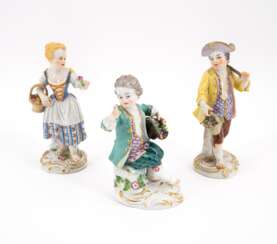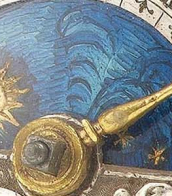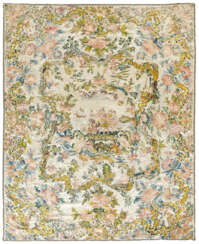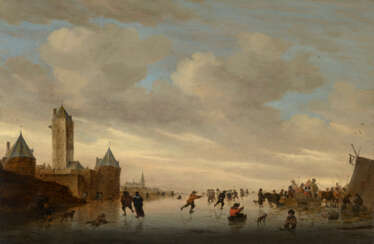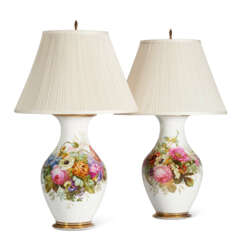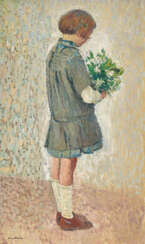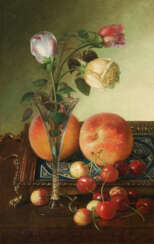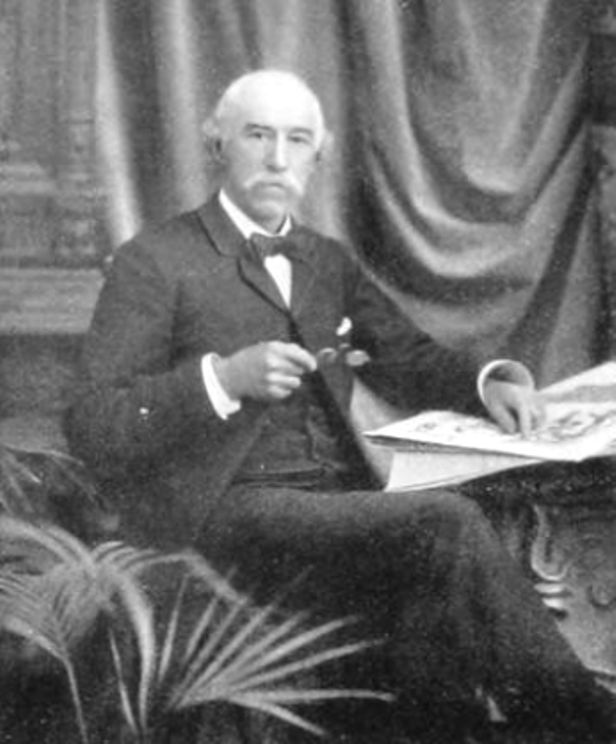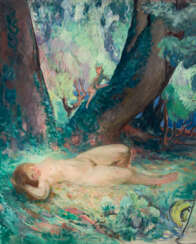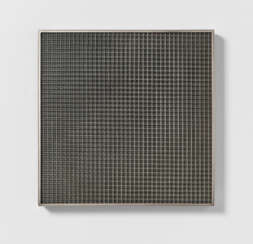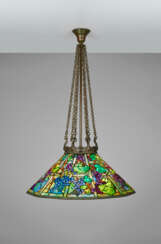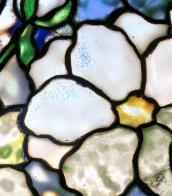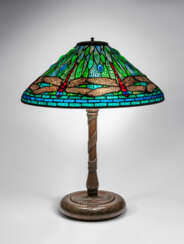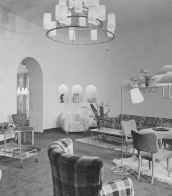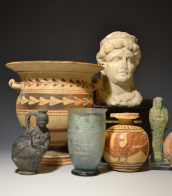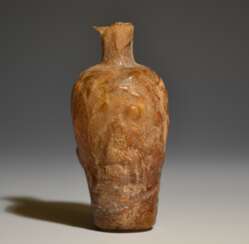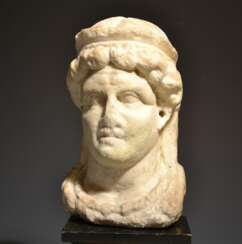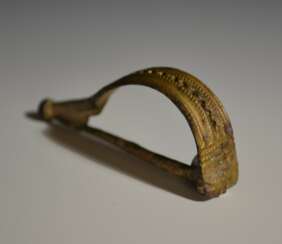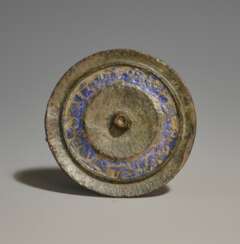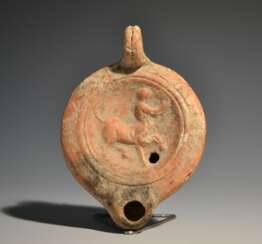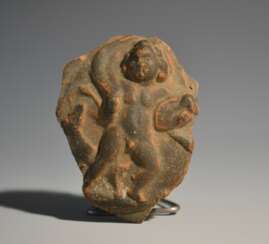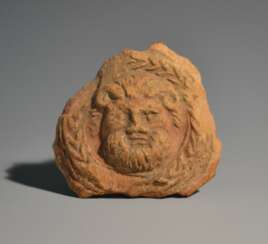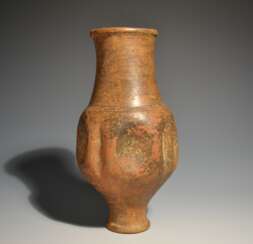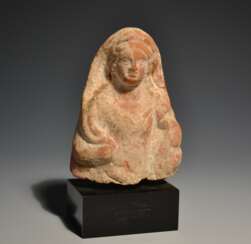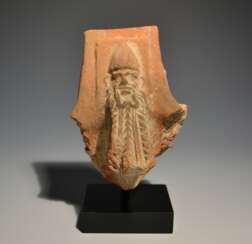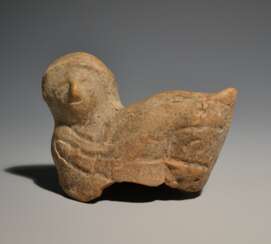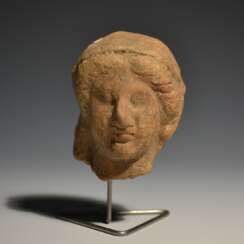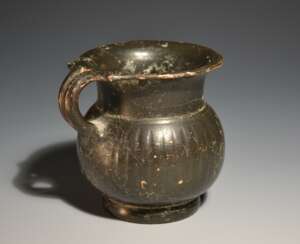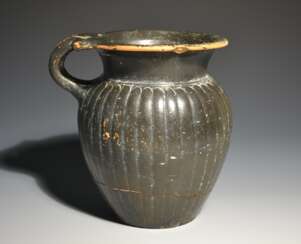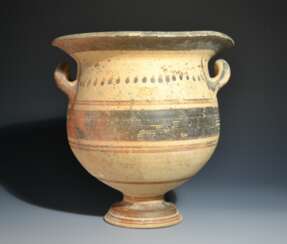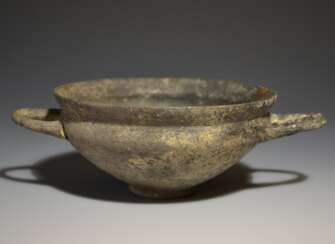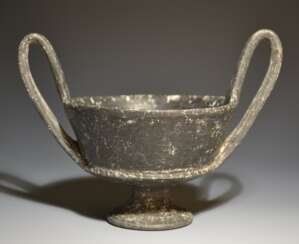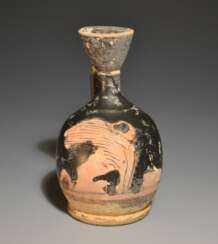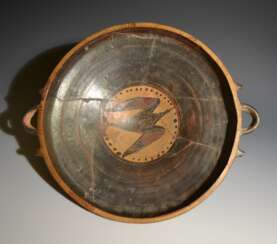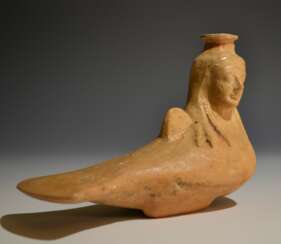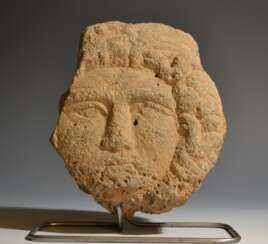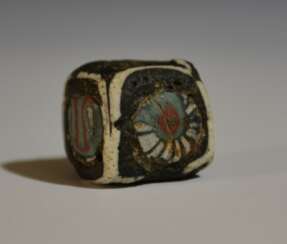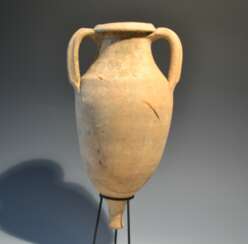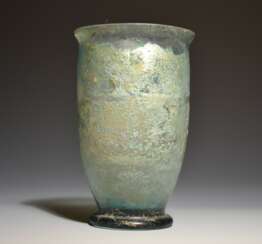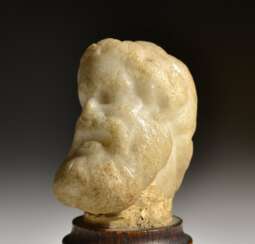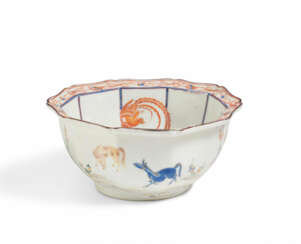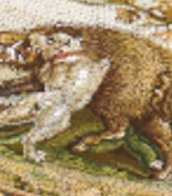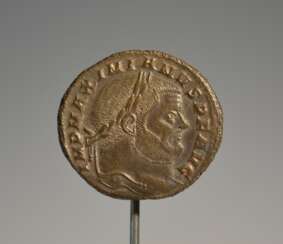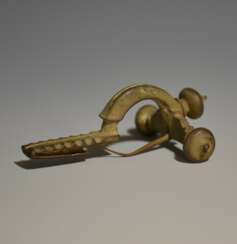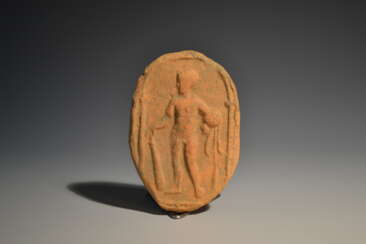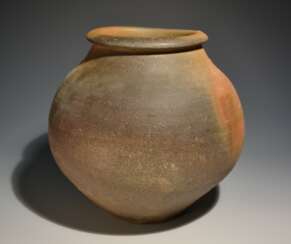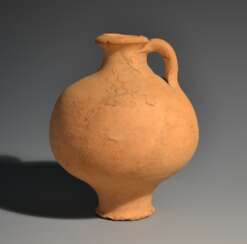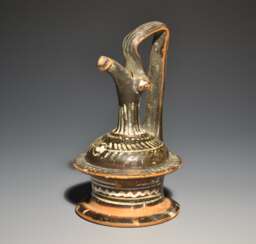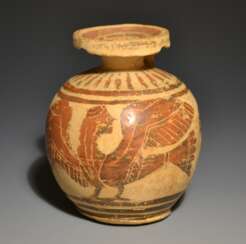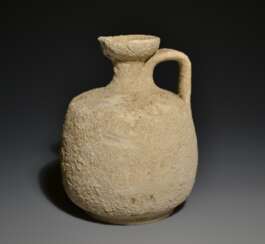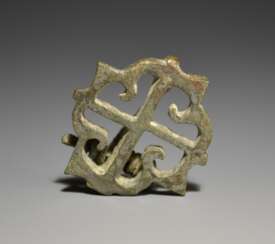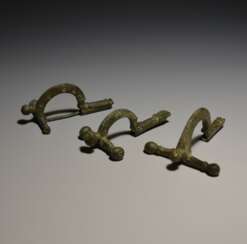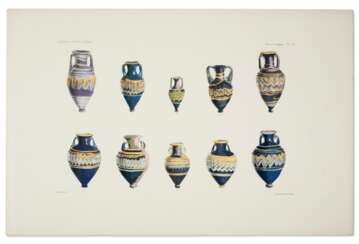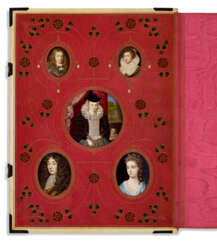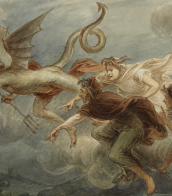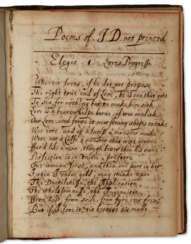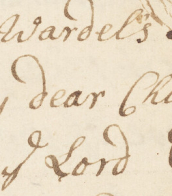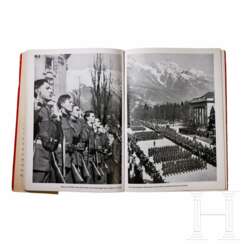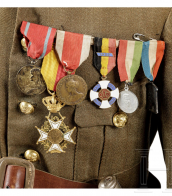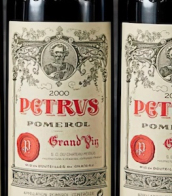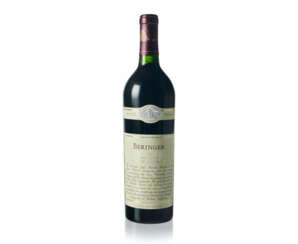private collection
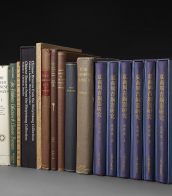
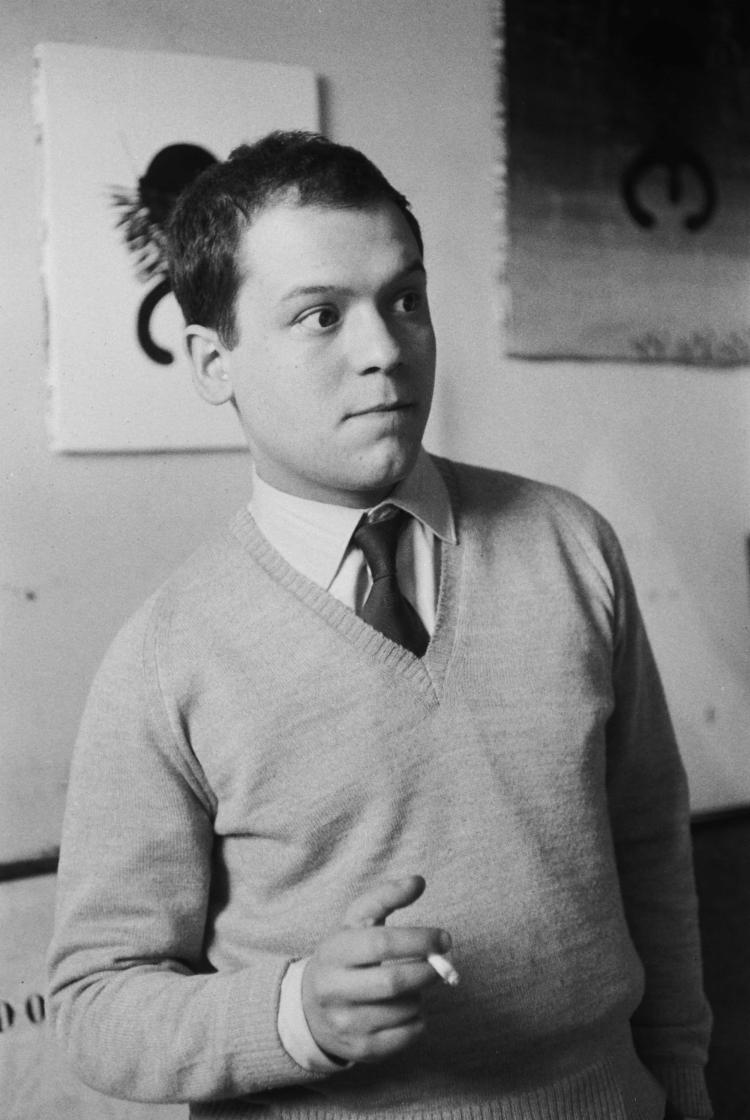
Piero Manzoni was an Italian artist. He was a leading figure in the Italian avant-garde movement of the 1950s and 1960s, and is best known for his conceptual and performance artworks.
Manzoni's works often involved the use of unconventional materials, such as his famous series of "Artist's Shit" cans, which were filled with his own excrement and sealed with a label that declared "Artist's Shit". He also created works using cotton balls, balloons, and even human hair.
One of Manzoni's most famous performances was "Living Sculptures," in which he covered himself in gold paint and posed as a living statue in a gallery. He also created a "Base of the World," a pedestal labeled with that phrase, and invited people to stand on it, thereby declaring themselves the center of the world.
Manzoni's works challenged traditional notions of art and pushed the boundaries of what was considered acceptable as artistic expression.

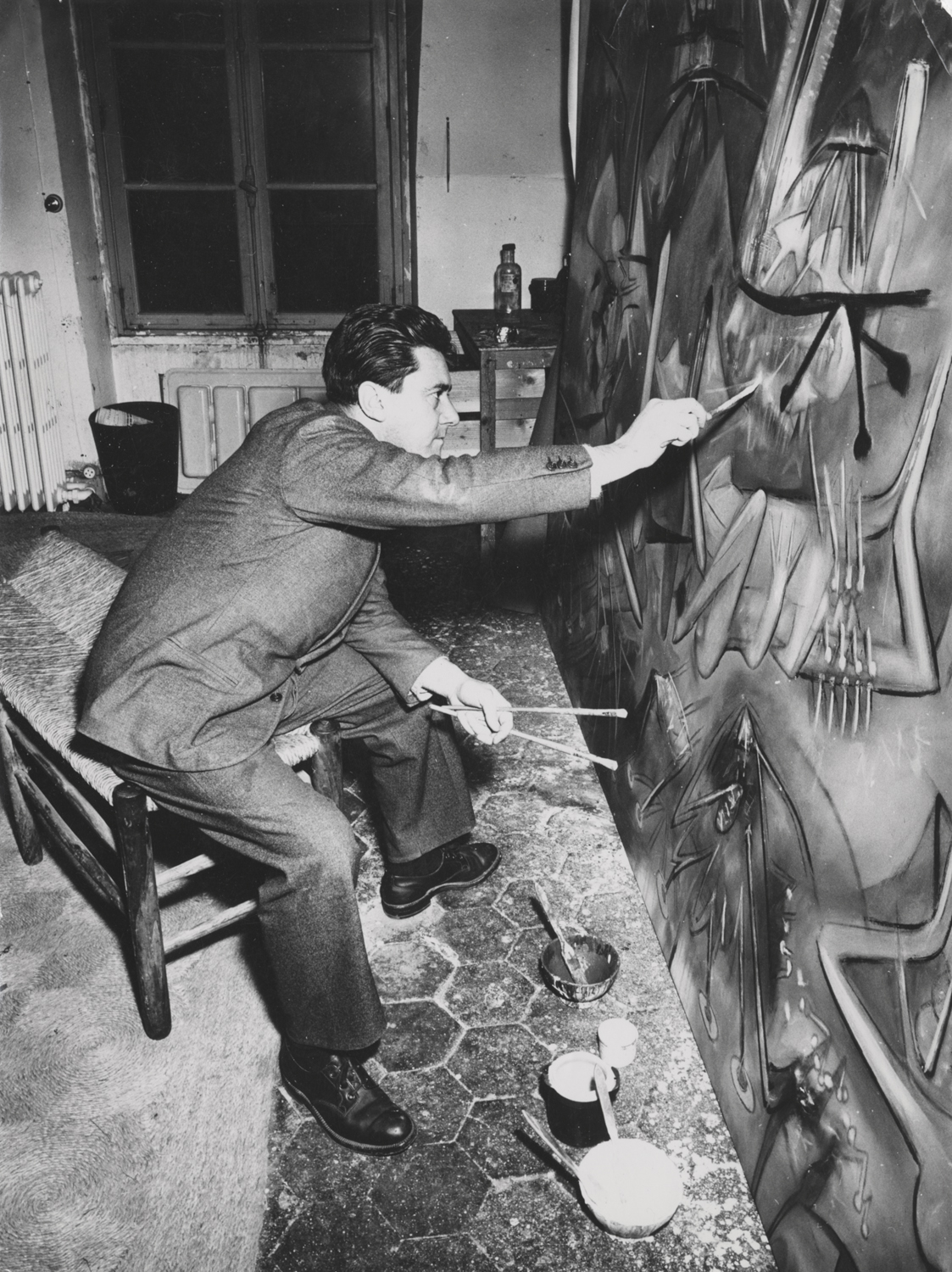
Roberto Sebastian Antonio Matta Echaurren was a Chilean artist, renowned for his significant contributions to the art world, particularly in painting and sculpture. As a figure deeply embedded in the realms of surrealism and abstract expressionism, Matta's works are celebrated for their complex, otherworldly landscapes and a profound exploration of the subconscious and architecture of the mind. His artistry is marked by fluid, organic forms and a masterful use of color, which set him apart as a visionary in the 20th century.
Matta's influence extended beyond the canvas, impacting the development of both European and American art scenes. His innovative techniques and philosophical inquiries into the nature of reality and human consciousness pushed the boundaries of traditional art forms, making him a pivotal figure among surrealists and later, abstract expressionists. Matta's work is characterized by its evocative, dream-like quality, and his ability to translate psychological concepts into visual spectacles has left a lasting legacy in the art world.
Among his renowned works, Matta's paintings are held in prestigious museums and galleries worldwide, including the Museum of Modern Art in New York and the Tate Modern in London. These institutions house pieces that showcase his unique blend of surrealism and abstract expressionism, offering art lovers and collectors a glimpse into his profound and imaginative universe. For those fascinated by the convergence of culture, art, and psychology, Matta's oeuvre presents an inexhaustible source of exploration and inspiration.
For collectors and experts in art and antiques, the legacy of Roberto Sebastian Antonio Matta Echaurren offers a rich field of discovery and appreciation. His contributions to the realms of painting and sculpture continue to resonate, providing deep insights into the capabilities of artistic expression. To stay informed about new product sales and auction events related to Matta's works, we invite you to sign up for updates. This subscription is your gateway to the latest in the world of this unparalleled artist, ensuring you never miss an opportunity to engage with the art and culture that Matta so vividly represented.

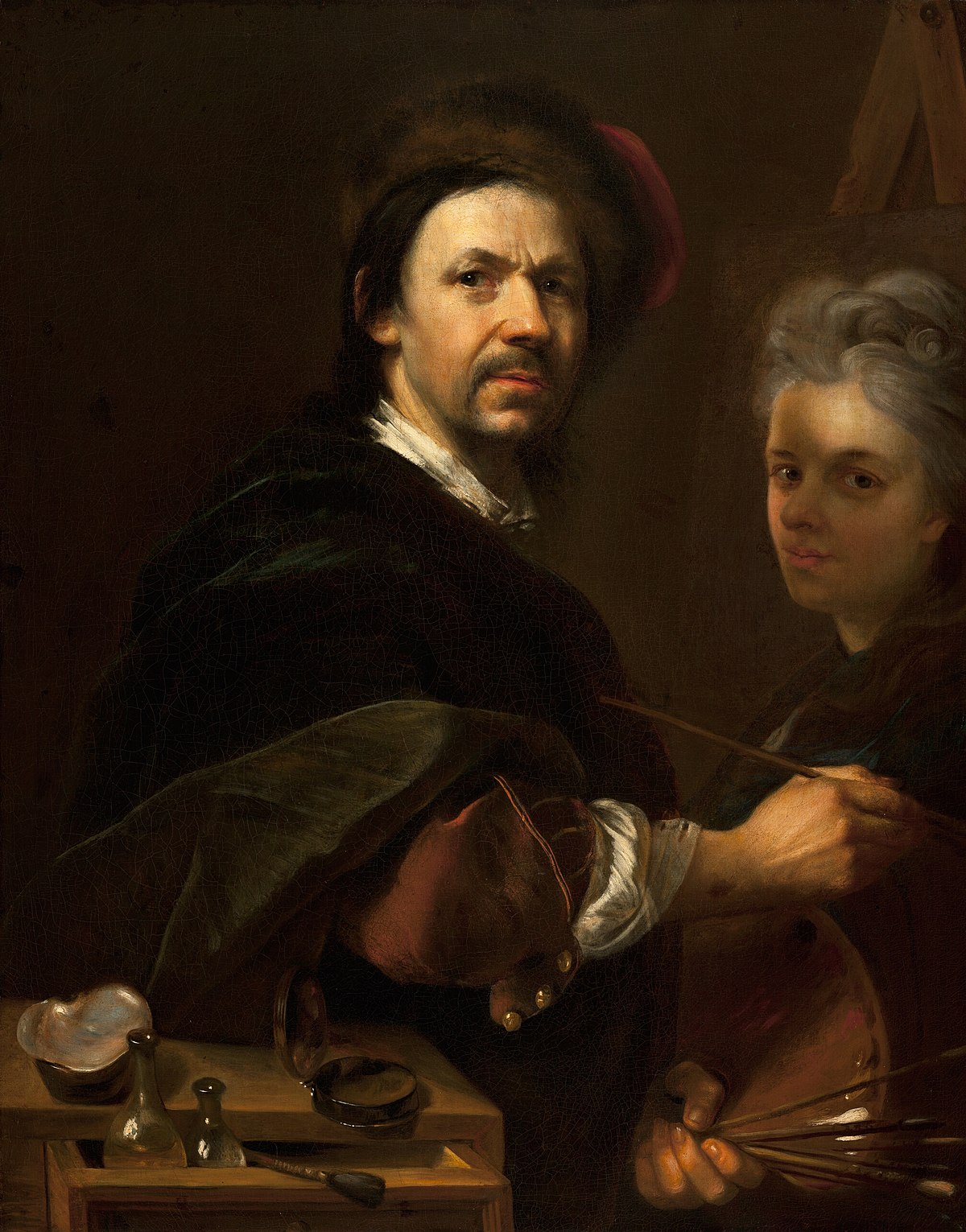
Jan Kupecký was a Slovak painter of the late seventeenth and the first half of the eighteenth century. He is considered one of the greatest portrait painters in Europe of his era. Kupecky also wrote works of historical genre and paintings-allegories.
During his career Jan Kupecky painted more than 10,000 pictures. He left behind a large number of portraits of ordinary people, his colleagues and friends, as well as influential dignitaries and European rulers, as well as dozens of self-portraits.
Numerous works by the artist are now preserved in museums throughout Europe, and the largest collection of his works is in Bratislava, the capital of Slovakia.
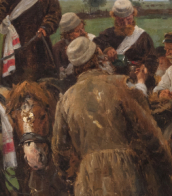
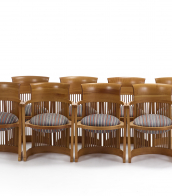

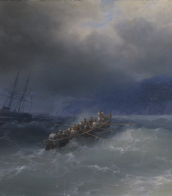
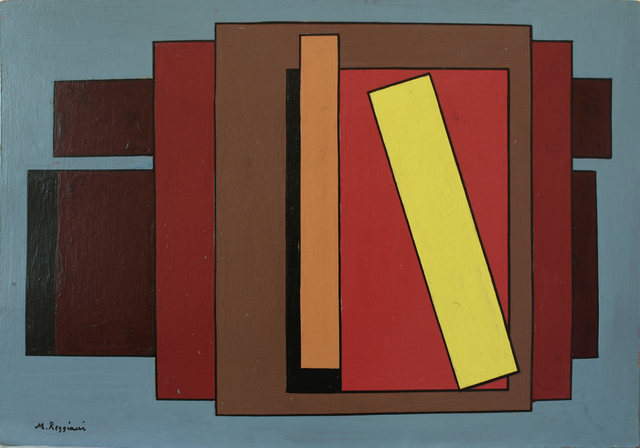

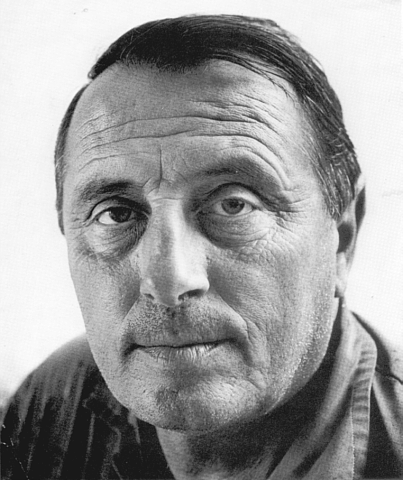
Ennio Morlotti is an Italian abstractionist painter.
Morlotti studied painting at the Academy of Fine Arts in Florence and at the Accademia di Brera in Milan. In 1947 he was one of the founders of the post-war New Front for Art (Fronte Nuovo delle Arti) movement.

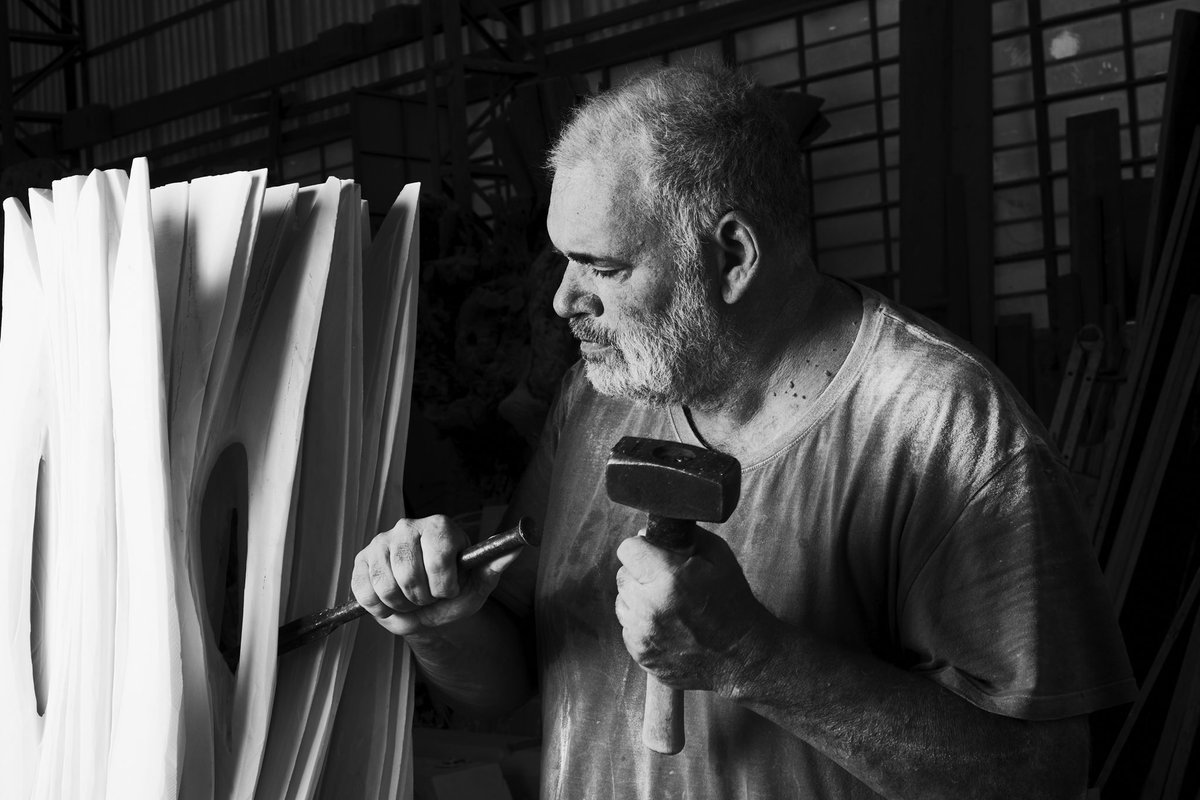
Pablo Atchugarry is a Uruguayan artist, best known for his abstract sculptural art. His works are included in many major collections, both private and public, and he has held more than one hundred solo and collective exhibitions worldwide.
For each sculpture, Atchugarry personally selects an appropriate block and is actively involved in carving it, with minimal help from assistants. He works with white Carrara marble from Tuscany, gray stone from Bardiglio, black from Belgium, and pink from Portugal. Aside from working with stone, he utilizes bronze finished in various patinas, ceramic, and, more rarely, various types of wood.

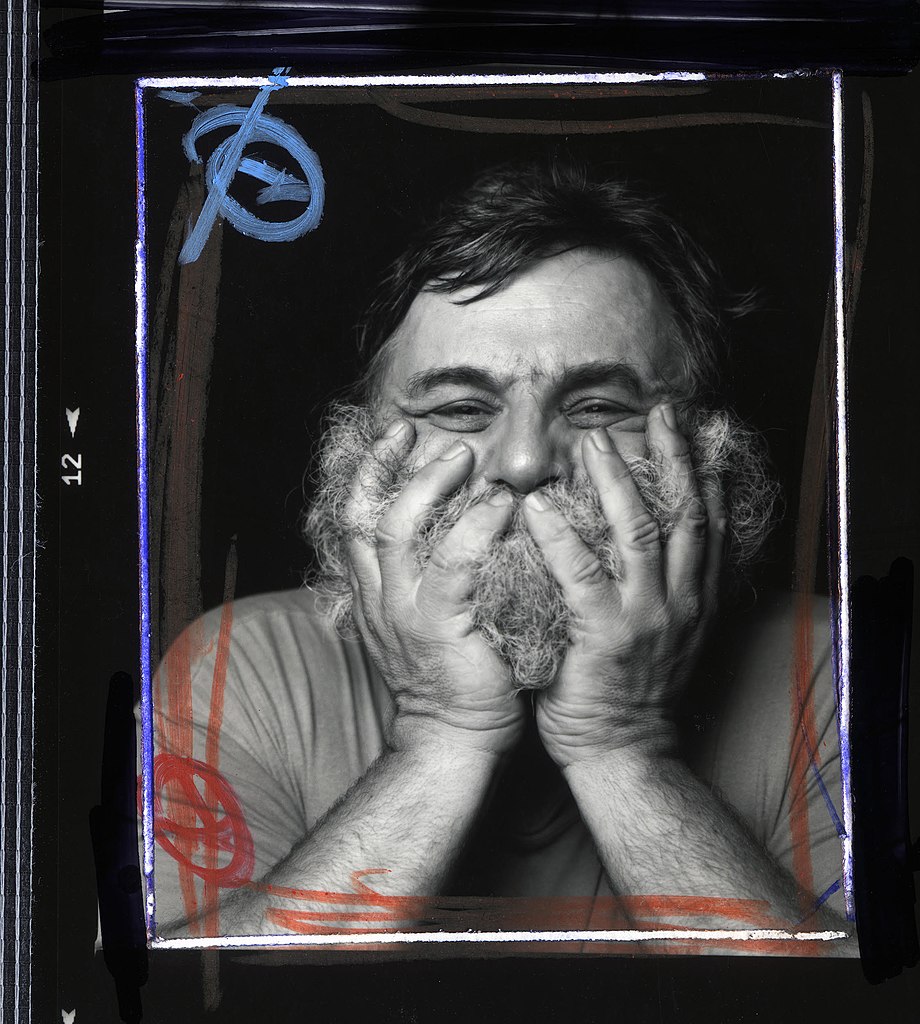
Ralf Winkler, alias A. R. Penck, was a German painter, printmaker, sculptor, and jazz drummer. A neo-expressionist, he became known for his visual style, reminiscent of the influence of primitive art.

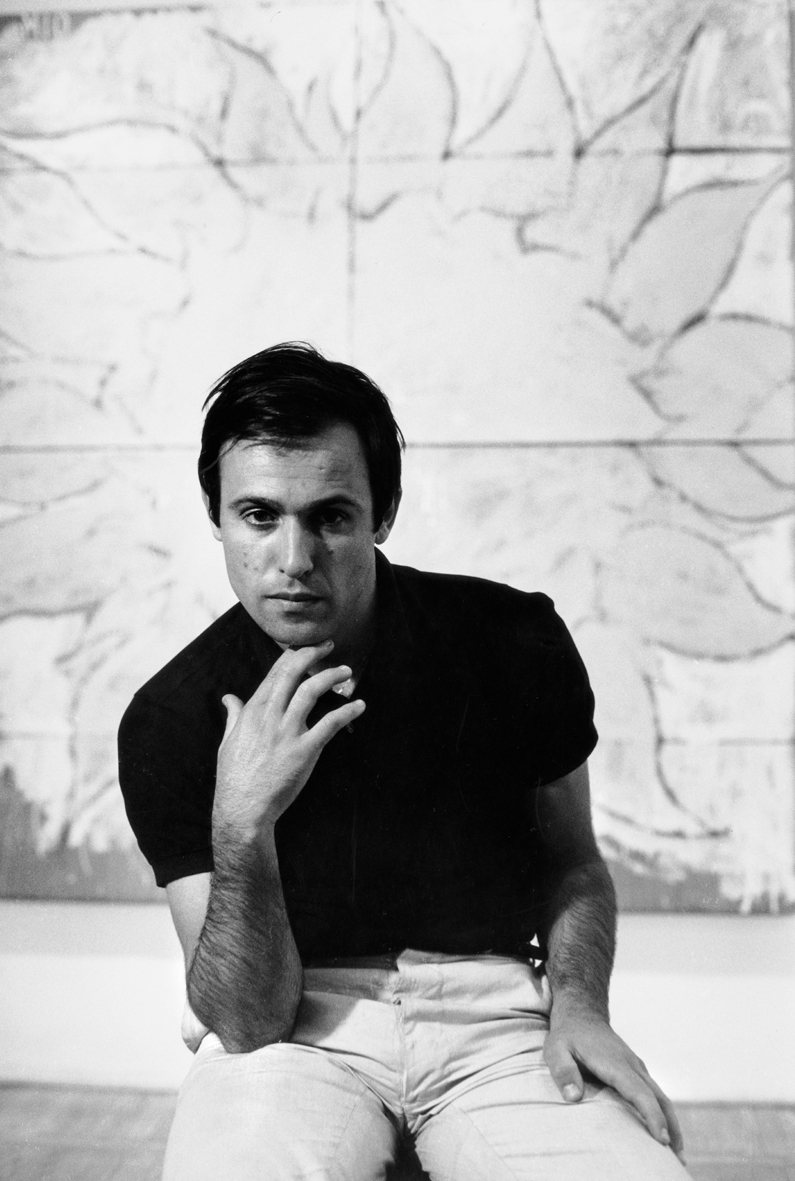
Mario Schifano was an Italian painter and collagist of the Postmodern tradition. He also achieved some renown as a film-maker and rock musician.
He is considered to be one of the most significant and pre-eminent artists of Italian postmodernism.

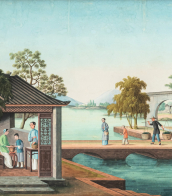
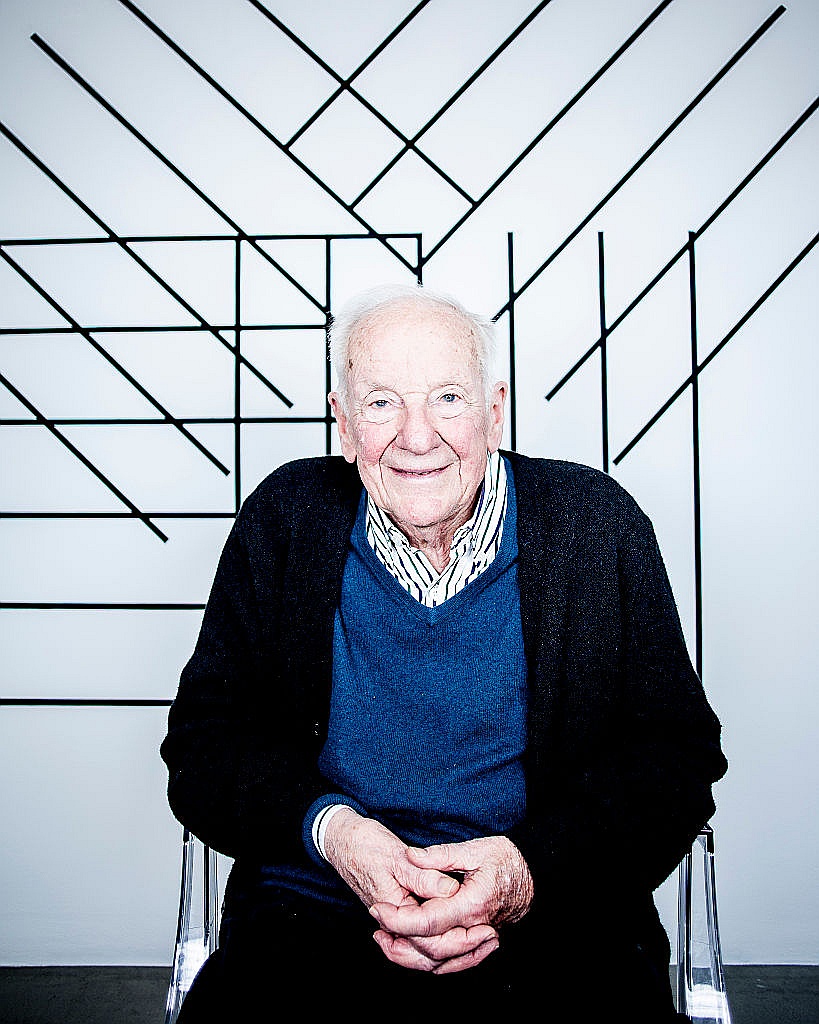
François Morellet was a French contemporary abstract painter, sculptor, and light artist. His early work prefigured minimal art and conceptual art and he played a prominent role in the development of geometrical abstract art and post-conceptual art.
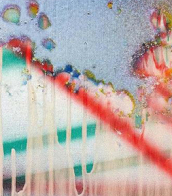
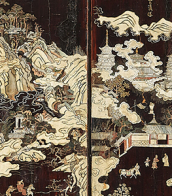

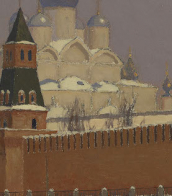
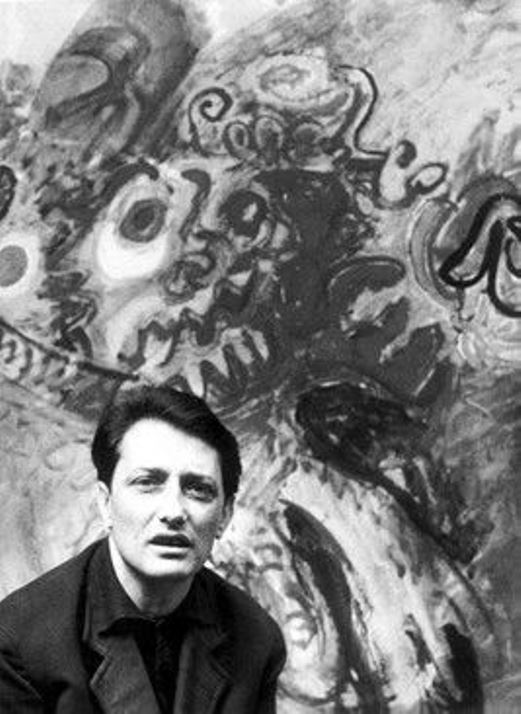
Tancredi Parmeggiani, or simply Tancredi, was an Italian painter.
He studied painting at the Academy of Fine Arts in Venice. Along with Mario Deluigi and Lucio Fontana, Tancredi Parmeggiani is considered one of the most important representatives of Spazialismo ("Spatial Movement"). This concept of art was developed by Fontana, in which he saw a new spatial concept of technology and science as the basis of modern art. Tancredi Parmeggiani was also convinced that the surface of the image should cross the boundaries of two-dimensionality to open new dimensions through color and time and find new artistic solutions.
The famous collector Peggy Guggenheim was his patron and promoted his lyrical-abstract works to major American museums. Tancredi's work was critically acclaimed, he actively participated in many exhibitions in Italy, London, Paris and New York, and was the recipient of several prestigious awards. In 1964 he took part in the Venice Biennale, and in September of the same year, at the age of 37, he took his own life in Rome.

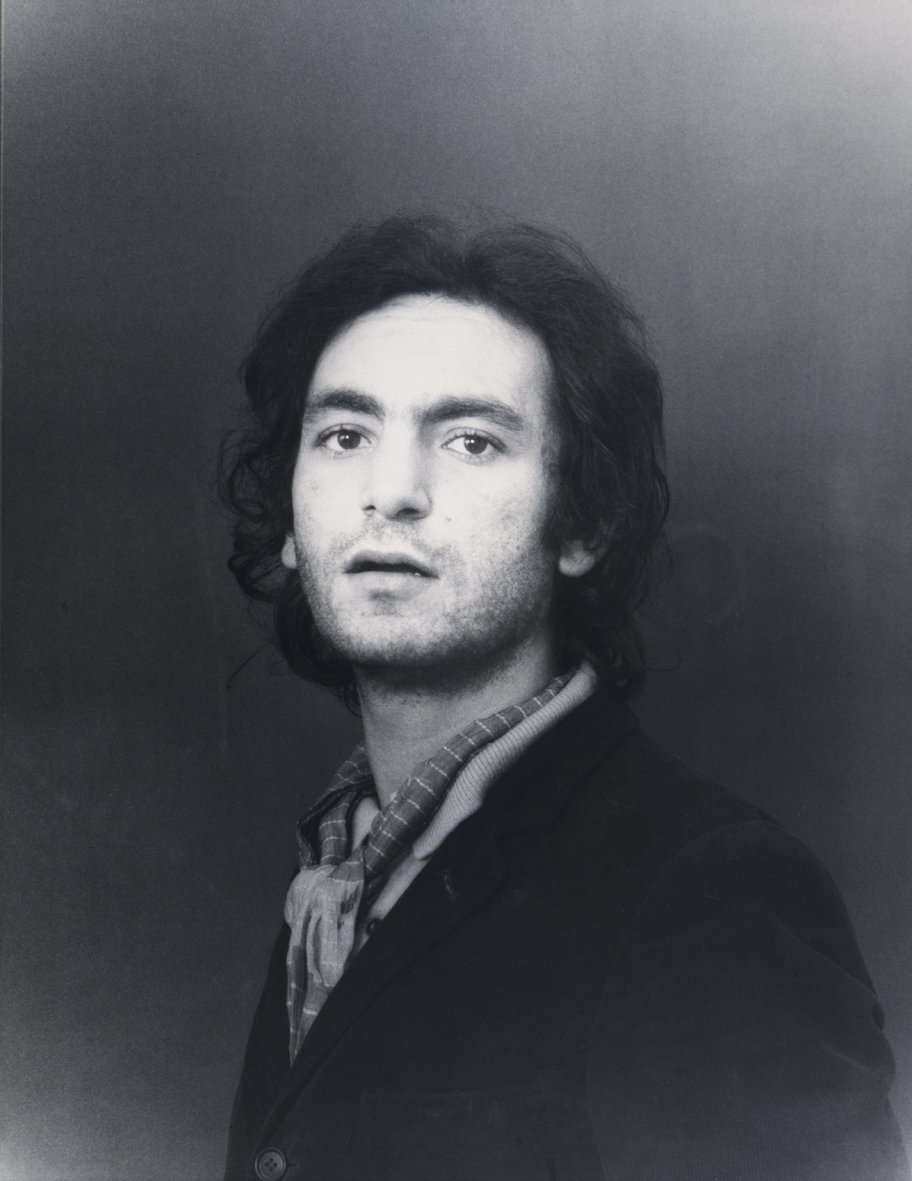
Salvo, real name Salvatore Mangione, was an Italian painter and sculptor who lived and worked in Turin.
He is known for his landscapes and still-lifes painted in vivid colors. Salvo also worked with marble, carving inscriptions on it.

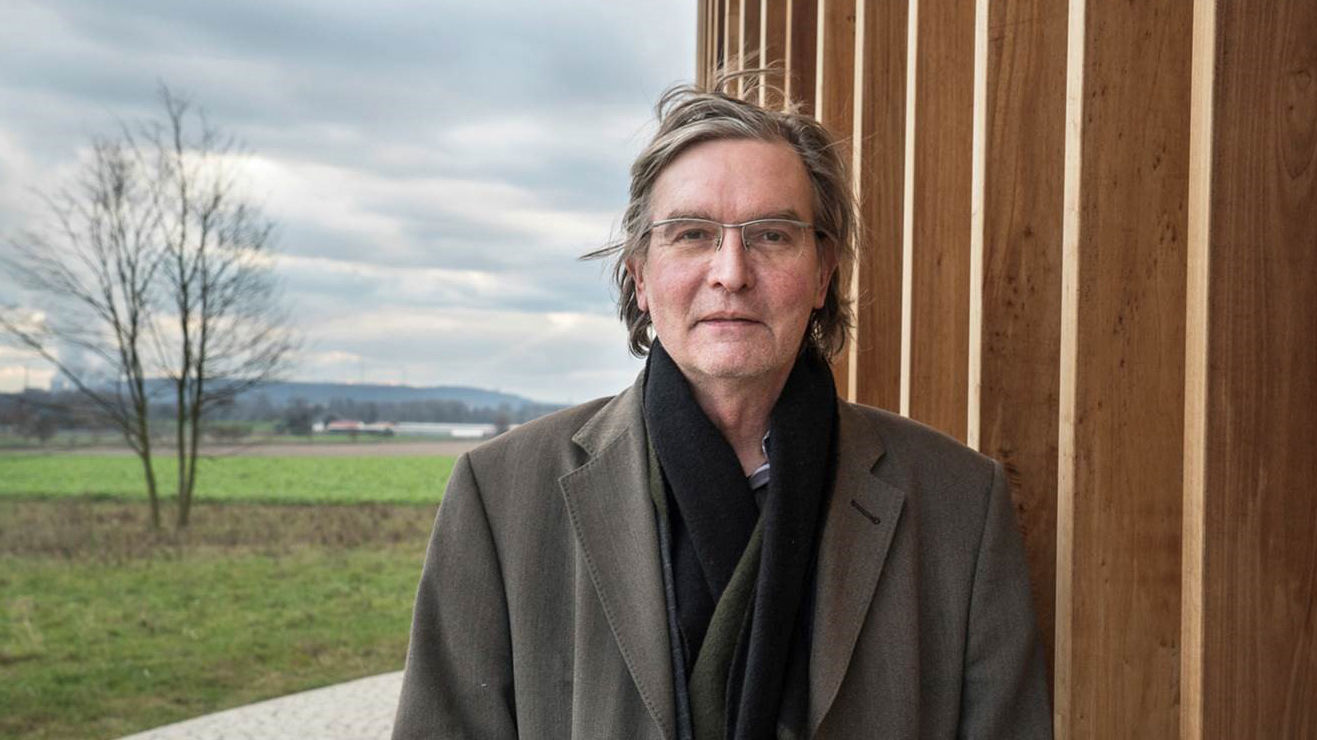
Thomas Schütte is a German contemporary artist. He sculpts, creates architectural designs, and draws. He lives and works in Düsseldorf.

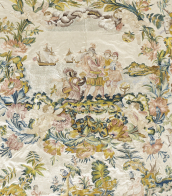


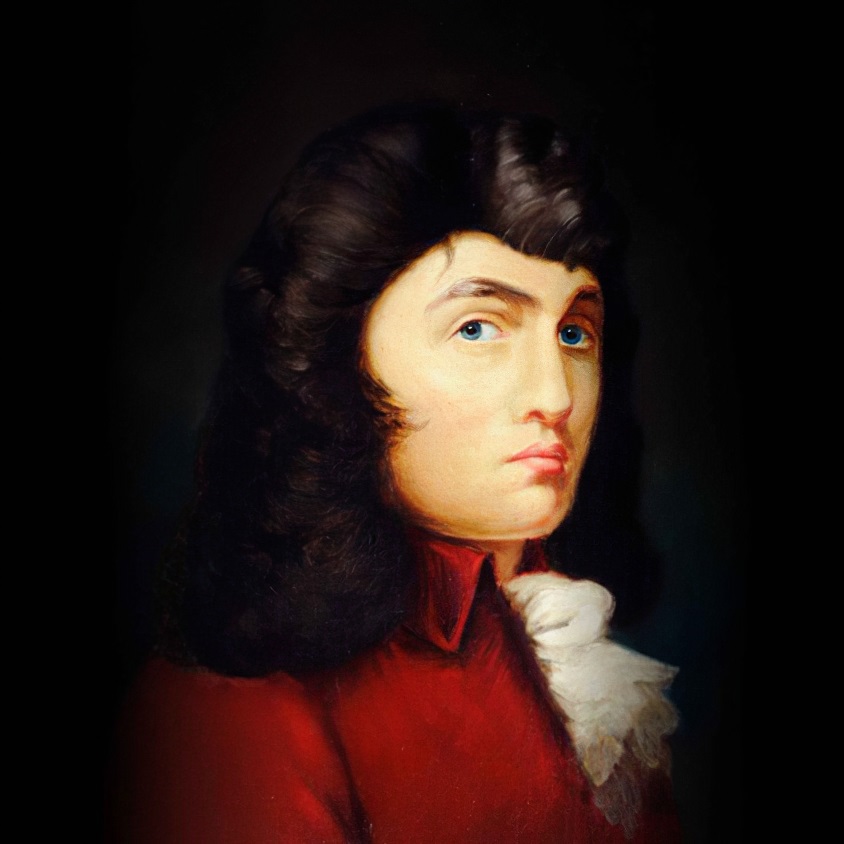
Thomas Chippendale was a cabinet-maker in London, designing furniture in the mid-Georgian, English Rococo, and Neoclassical styles. In 1754 he published a book of his designs in a trade catalogue titled The Gentleman and Cabinet Maker's Director — the most important collection of furniture designs published in England to that point which created a mass market for furniture—upon which success he became renowned. According to the Victoria and Albert Museum, «so influential were his designs, in Britain and throughout Europe and America, that "Chippendale" became a shorthand description for any furniture similar to his Director designs».


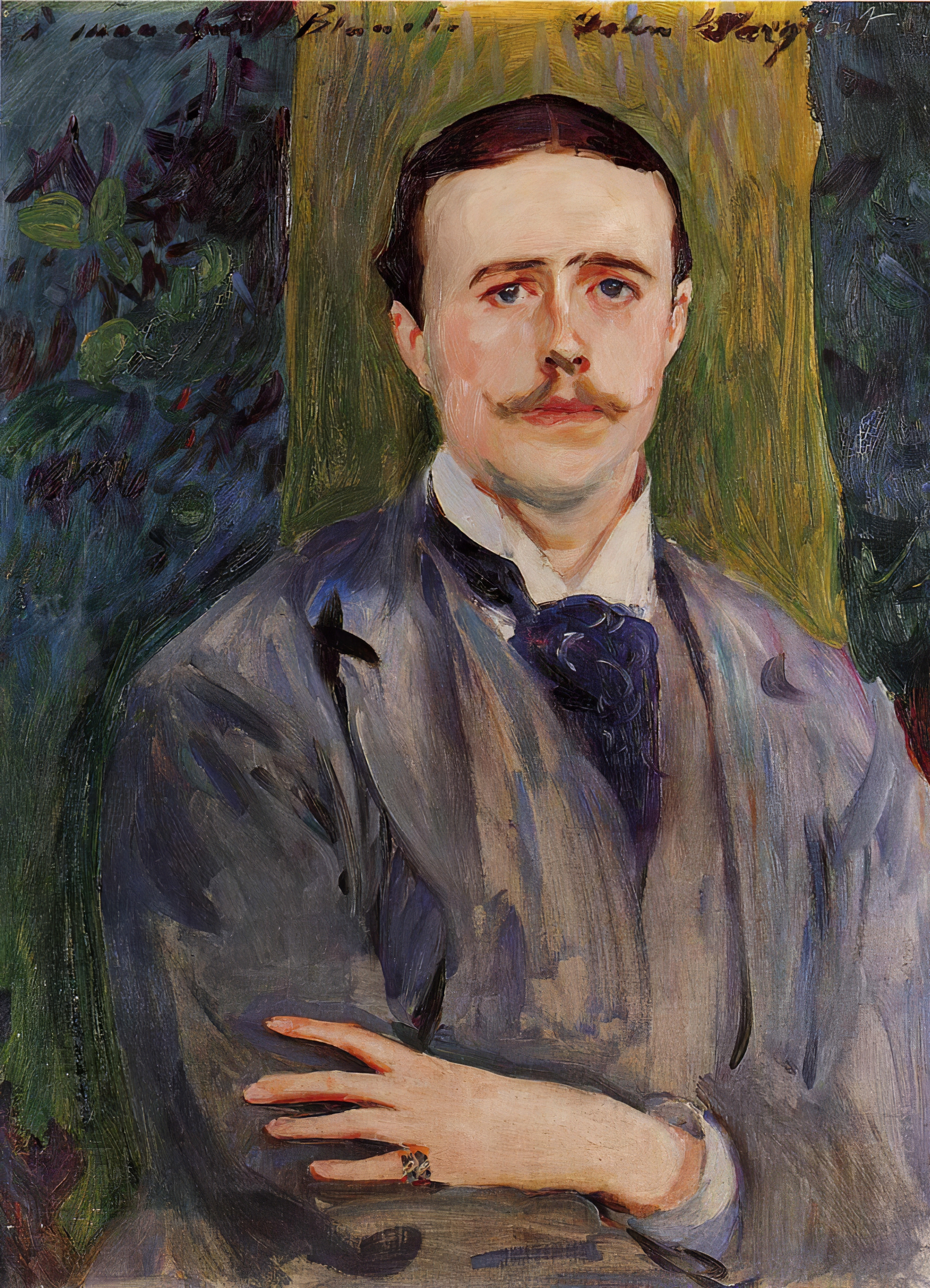
Jacques-Émile Blanche was a French artist, largely self-taught, who became a successful portrait painter, working in London and Paris.
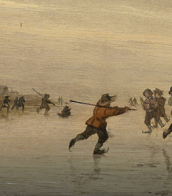
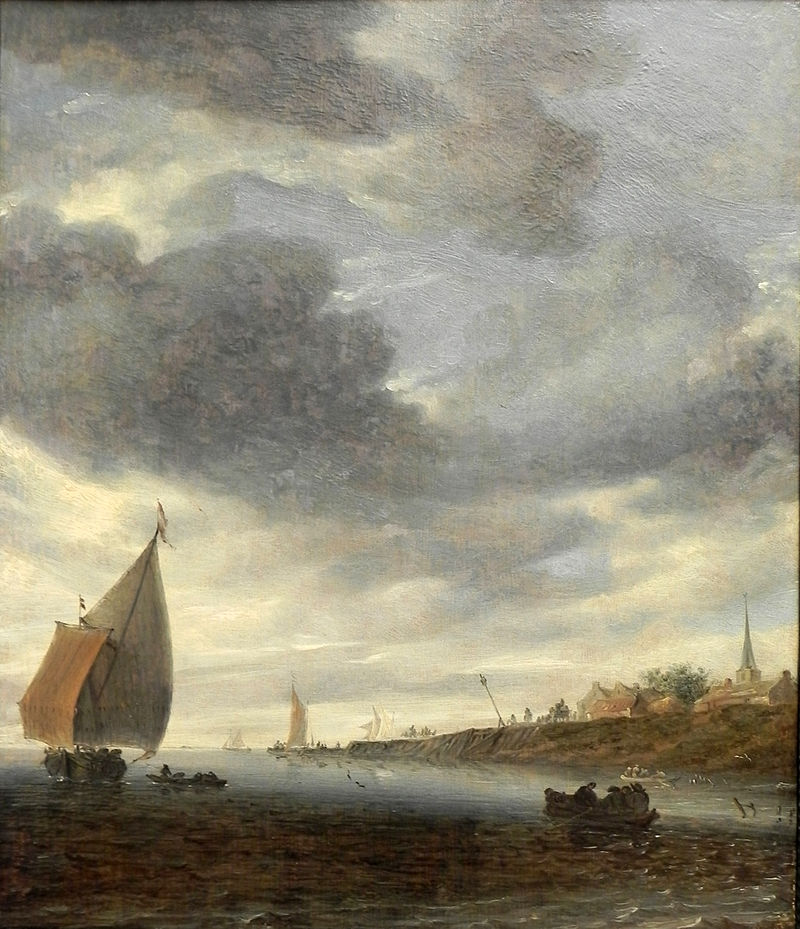
Salomon van Ruysdael was a Dutch Golden Age landscape painter. He was the uncle of Jacob van Ruysdael.

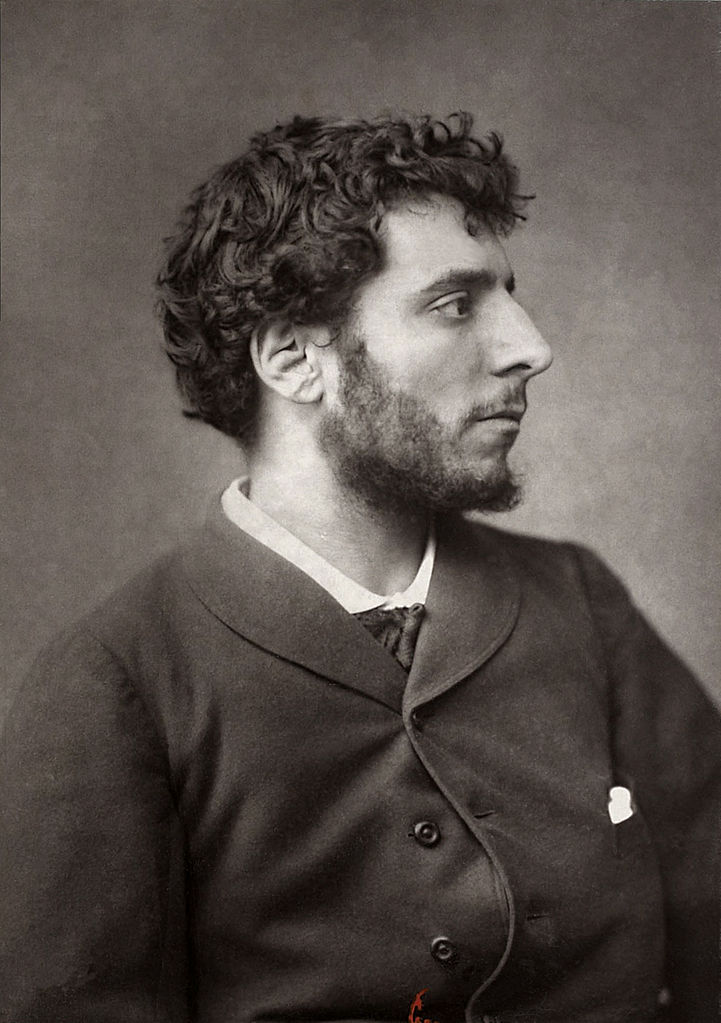
Henri-Jean Guillaume Martin was a French painter. Elected to the Académie des Beaux-Arts in 1917, he is known for his early 1920s work on the walls of the Salle de l'Assemblée générale, where the members of the Conseil d'État meet in the Palais-Royal in Paris. Other notable institutions that have featured his Post-Impressionist paintings in their halls through public procurement include the Élysée Palace, Sorbonne, Hôtel de Ville de Paris, Palais de Justice de Paris, as well as Capitole de Toulouse, although the Musée des Beaux-Arts de Bordeaux and Musée des Augustins also have sizeable public collections.

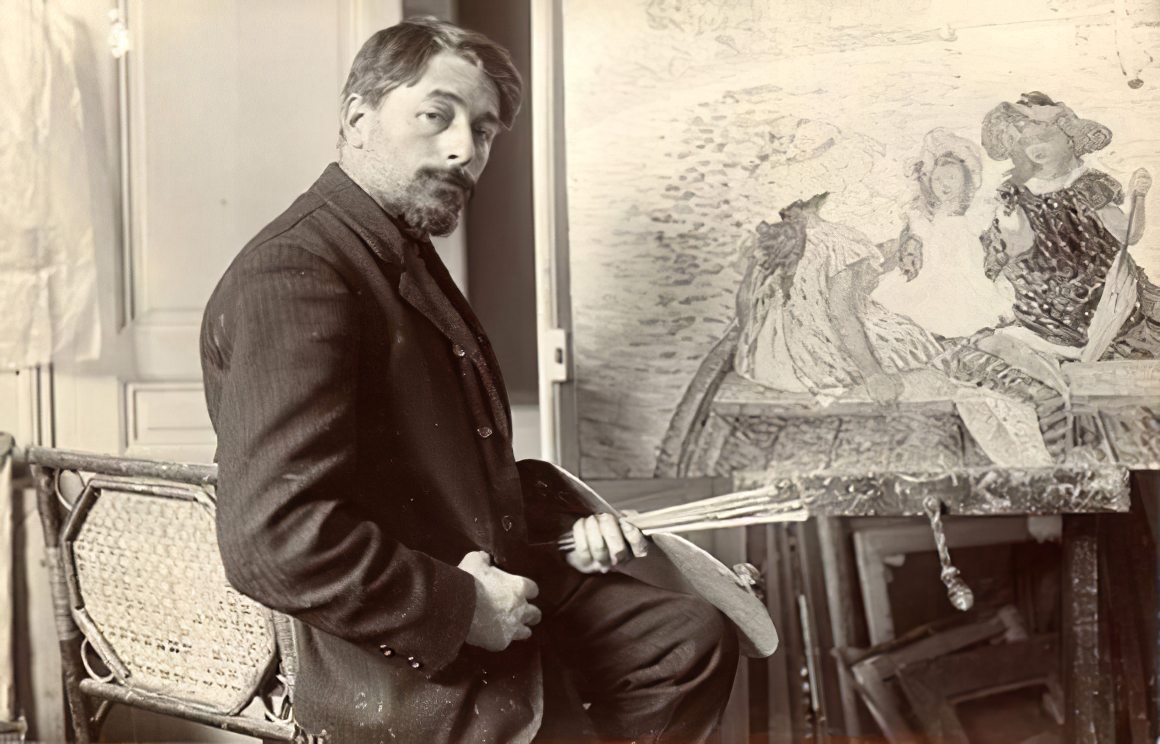
Henri Lebasque was a renowned French post-impressionist painter, celebrated for his vibrant use of color and light, earning him the nickname "the painter of joy and light." Henri Lebasque's artistic journey began at the École régionale des beaux-arts d'Angers, eventually leading him to Paris to study under Léon Bonnat. His interactions with prominent artists like Camille Pissarro, Auguste Renoir, Édouard Vuillard, and Pierre Bonnard deeply influenced his style, particularly his understanding of color theory from Georges Seurat and Paul Signac.
Henri Lebasque was a pivotal figure in the Salon d'Automne, co-founding it in 1903 alongside Henri Matisse. His art evolved significantly after moving to the South of France, where the luminous landscape inspired a transformation in his color palette. His works, which include landscapes, nudes, and domestic scenes, are distinguished by their light-filled and tender representations, capturing the essence of his surroundings.
Henri Lebasque's paintings are held in prestigious museums such as the Musée d'Orsay in Paris and the Museum of Fine Arts of Nancy. His piece "Sous la lampe" from 1904 is an example of his work featured in a museum collection.
For those intrigued by Henri Lebasque's art and wishing to explore more about his contributions to post-impressionism, consider signing up for updates. This subscription will keep you informed about new product sales and auction events related to Lebasque's works, ensuring you stay connected to the vibrant world of art and antiques.


François Morellet was a French contemporary abstract painter, sculptor, and light artist. His early work prefigured minimal art and conceptual art and he played a prominent role in the development of geometrical abstract art and post-conceptual art.
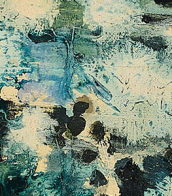

François Morellet was a French contemporary abstract painter, sculptor, and light artist. His early work prefigured minimal art and conceptual art and he played a prominent role in the development of geometrical abstract art and post-conceptual art.
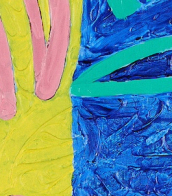
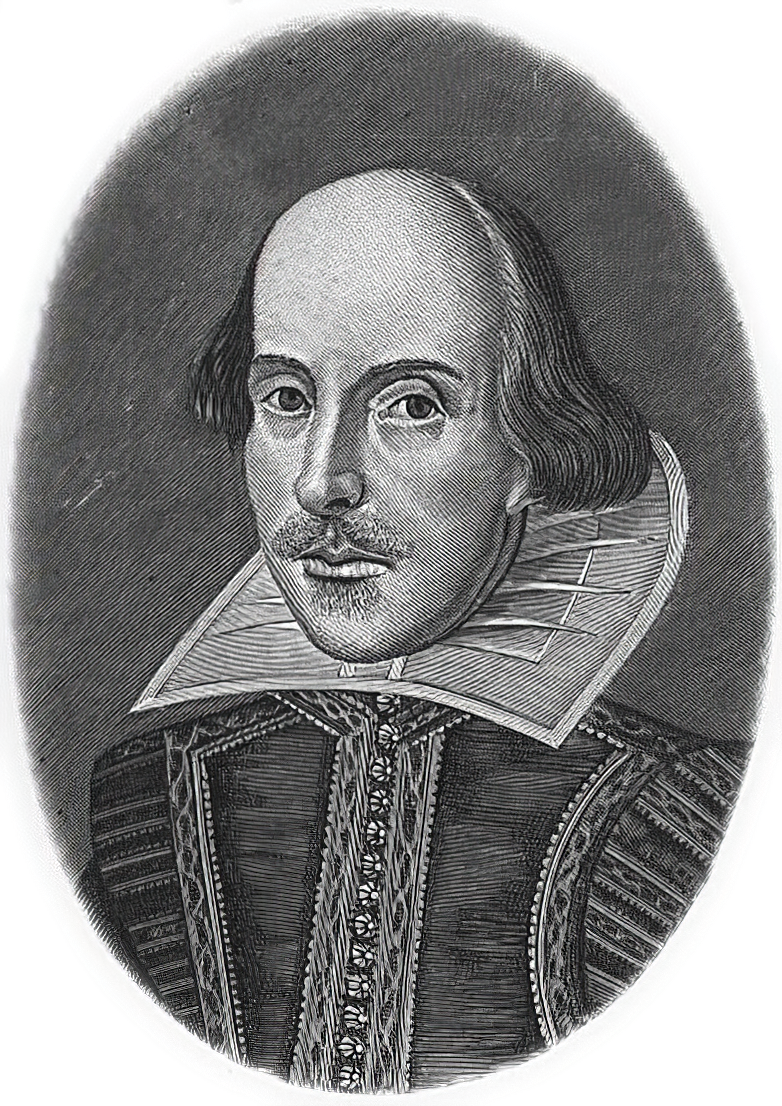
William Shakespeare was a British poet and playwright and writer.
William's father, John Shakespeare, was a merchant and official in Stratford. There are reports that he was a sailor for a time before joining a theater company in London. Beginning in the 1590s, Shakespeare began writing plays, and in 1593 he published a poem, Venus and Adonis, which became popular. He dedicated it to the Duke of Southampton, who was a philanthropist and patron of talent, and soon his business was booming.
From 1592 to 1600 Shakespeare wrote his dramas and romantic comedies "Richard III", "The Taming of the Shrew", "Romeo and Juliet", "A Midsummer Night's Dream" and "The Merchant of Venice", as well as the comedies "Much Ado About Nothing", "Twelfth Night" and the tragedy "Julius Caesar". The playwright's business was so successful that he even bought a large house in Stratford. In 1599, Shakespeare became one of the owners, playwright and actor of the new theater "Globe". In 1603 King James took Shakespeare's troupe under his direct patronage. In the mature period, the great playwright turned to tragedies, there were "Hamlet", "Othello", "King Lear", "Macbeth" and others.
Although in the 19th century researchers had some doubts about the authorship of many of these works, William Shakespeare is considered the greatest English playwright, one of the best playwrights in the world. His plays have been translated into all major languages and to this day form the basis of the world theatrical repertoire, most of them have been screened many times. According to the Guinness Book of Records, Shakespeare remains the world's best-selling playwright, and his plays and poems have sold more than 4 billion copies in the nearly 400 years since his death.
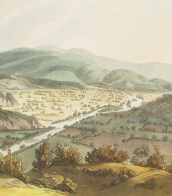
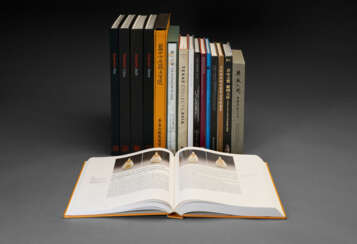



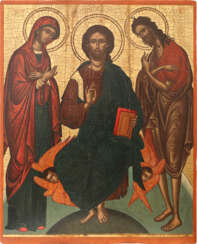

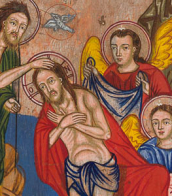




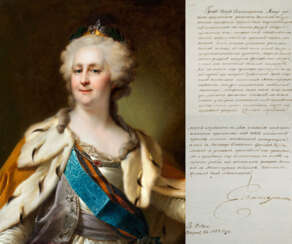

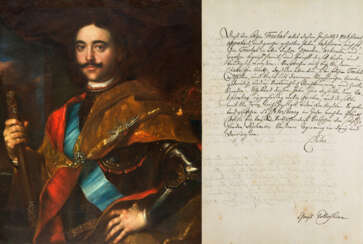



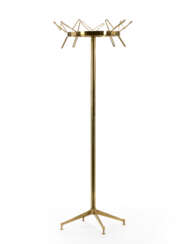



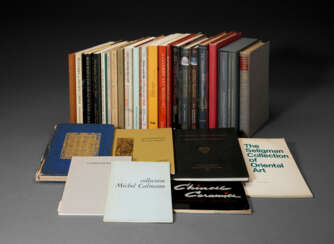

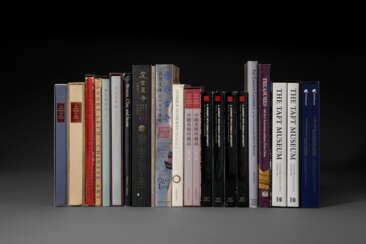

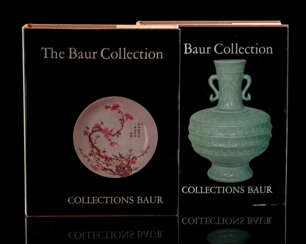

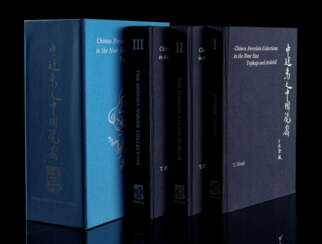

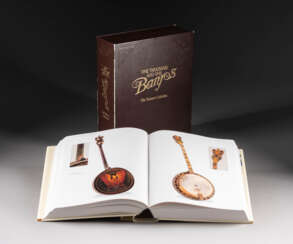

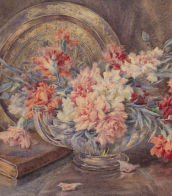
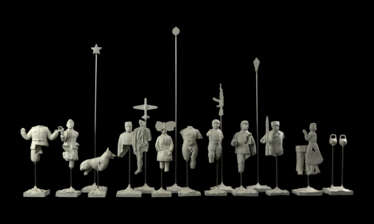

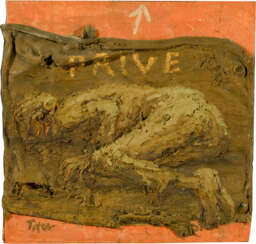

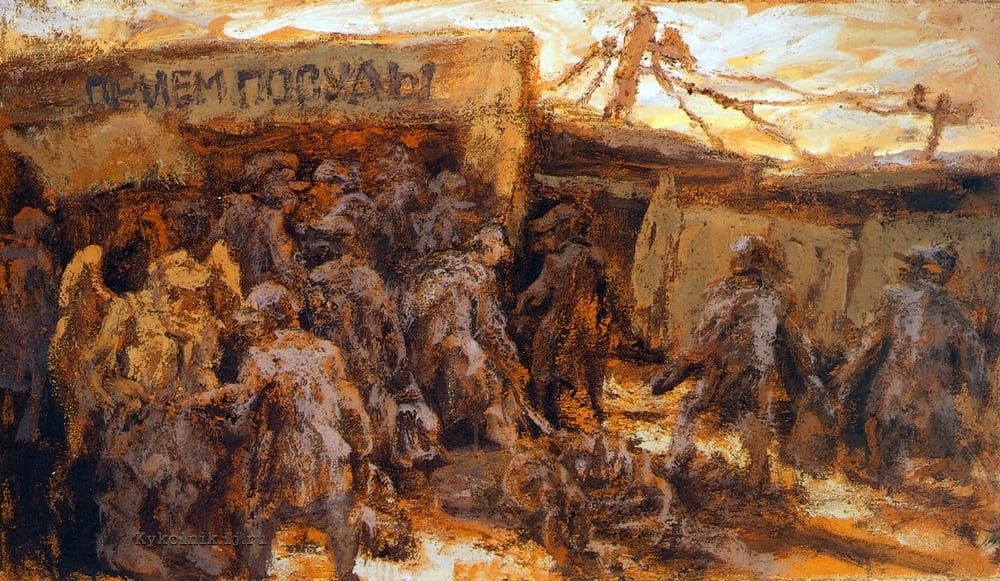
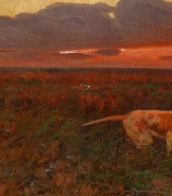


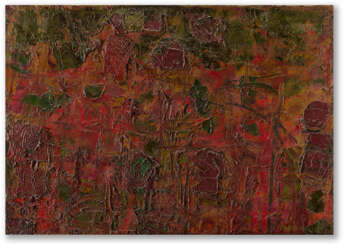

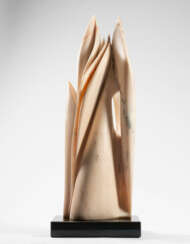



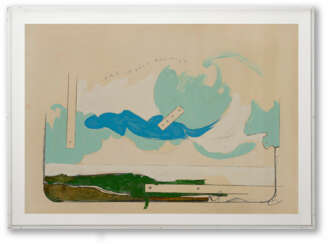

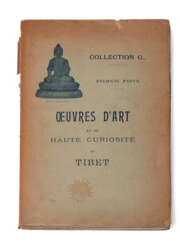

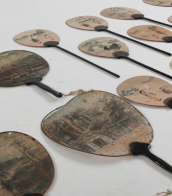
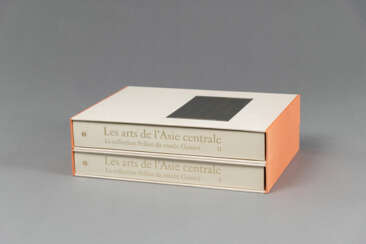


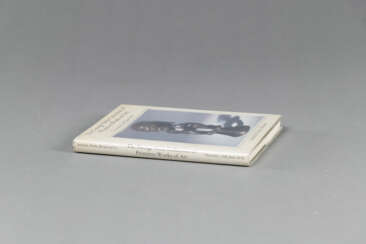



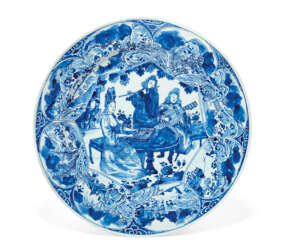

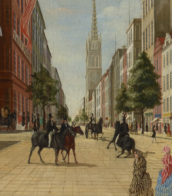
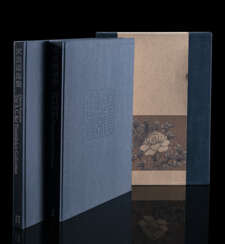



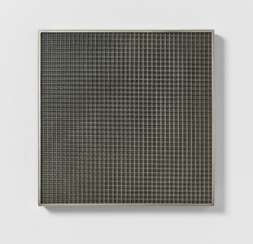

![[COLLECTION EUMORFOPOULOS]. HOBSON, ROBERT LOCKHART.
The Catalogue of the George Eumorfopoulos Collection of Chinese, Corean and Persian Pottery and Porcelain. London: Ernest Benn, Ltd. Bouverie House, 1925-8.](/assets/image/picture_3629596/828b9/b938bef5b83377d3fb2e19200a12bc8f1702335600jpg__fix_374_244.jpeg)
![[COLLECTION EUMORFOPOULOS]. HOBSON, ROBERT LOCKHART.
The Catalogue of the George Eumorfopoulos Collection of Chinese, Corean and Persian Pottery and Porcelain. London: Ernest Benn, Ltd. Bouverie House, 1925-8.](https://veryimportantlot.com/assets/image/picture_3629596/828b9/b938bef5b83377d3fb2e19200a12bc8f1702335600jpg__fix_374_244.jpeg)


